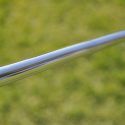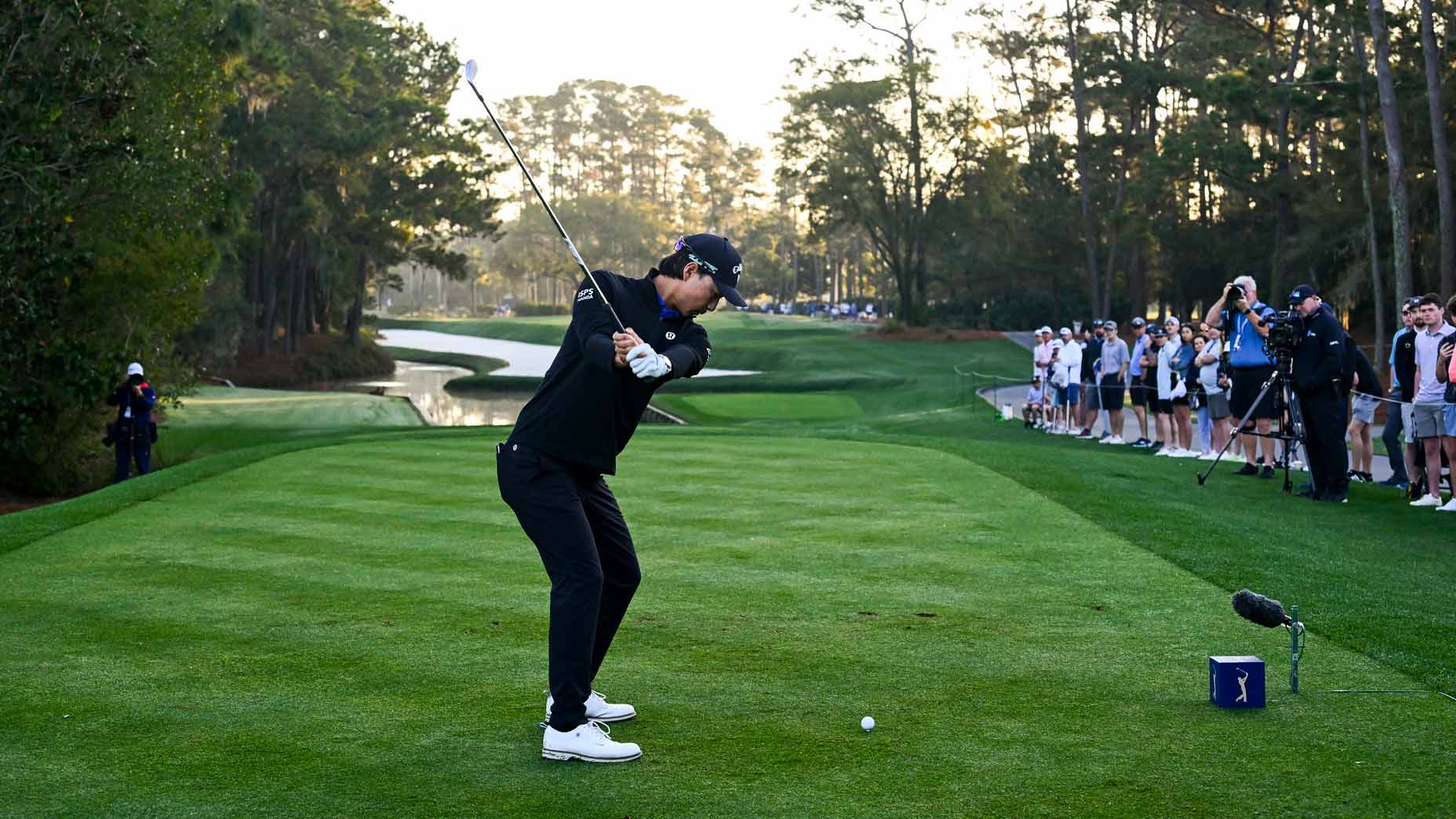 What you need to know about gapping your iron set
What you need to know about gapping your iron set
Gear 101: What does swing weight of a golf club actually mean?

You know when you hit a new club for the first time and it feels a bit too light or too heavy? Well, that’s not necessarily just a feeling. There’s a machine that essentially measures how heavy or light a club feels during the swing, and the measurement is called swing weight.
You may have heard a golfer say something like, “this club feels like a D3.” They’re referring to the club’s swing weight.
Here’s how it works: the swing weight of a golf club is measured on a 14-inch fulcrum that assesses the balance point of a club, which is displayed on an alphanumeric scale. The heavier a club “feels,” the more the club will tilt toward the club head side when balanced on that fulcrum.
The scale ranges anywhere from A0 (the lightest) to G10 (the heaviest), but most men’s golf clubs fall in the range of C7 to D7. Two grams may not seem like a lot of weight, but that’s about how much weight difference is required to change one full swing weight point.
Every aspect in the build of a golf club plays a role in that club’s swing weight, including club head weight, balance point of the shaft, shaft length, grip, and even grip color. That’s why it’s important when making any change to your club — such as adding lead tape or changing your grip style — that you keep an eye on swing weight.
Finding the proper swing weight for your game is mostly preference-based, but according to Tim Briand, Senior Vice President of GOLF’s sister company True Spec Golf, issues can arise if swing weight is too light or too heavy. A light swing weight can prohibit the golfer from properly feeling where the head is during the swing and cause issues with squaring the face at impact, while a heavy swing weight can cause fatigue and negatively affect performance over time.
ADVERTISEMENT
Also, there are two schools of thought when it comes to swing weight matching throughout a set. On one hand, some golfers/fitters prefer that each club in the set has the same swing weight to keep feel consistent. On the other hand, some say a progressive swing weight is better, with the longer clubs having a lighter swing weight and the scoring clubs having a heavier swing weight. The heavier swing weight in the wedges and short irons can possibly help club and club face awareness for greater precision.
It’s important to remember that swing weight and overall weight are mutually exclusive. A heavy club can have a light swing weight and vice versa. That’s because swing weight is merely addressing the balance point of the club, not the actual weight of the club overall.
So, where should you start if you have no idea what swing weight you prefer? Most golfers have a favorite club, or a favorite set of irons, so when going into a fitting, make sure to bring those clubs along. There’s probably a reason you love the feel so much, and the swing weight of those clubs can be identified and matched in your new set. But don’t be afraid to try out clubs on different ends of the swing weight spectrum.
To hear more gear insights from Jonathan Wall and True Spec’s Tim Briand, subscribe and listen each week to GOLF’s Fully Equipped podcast: iTunes | SoundCloud | Spotify | Stitcher
ADVERTISEMENT







